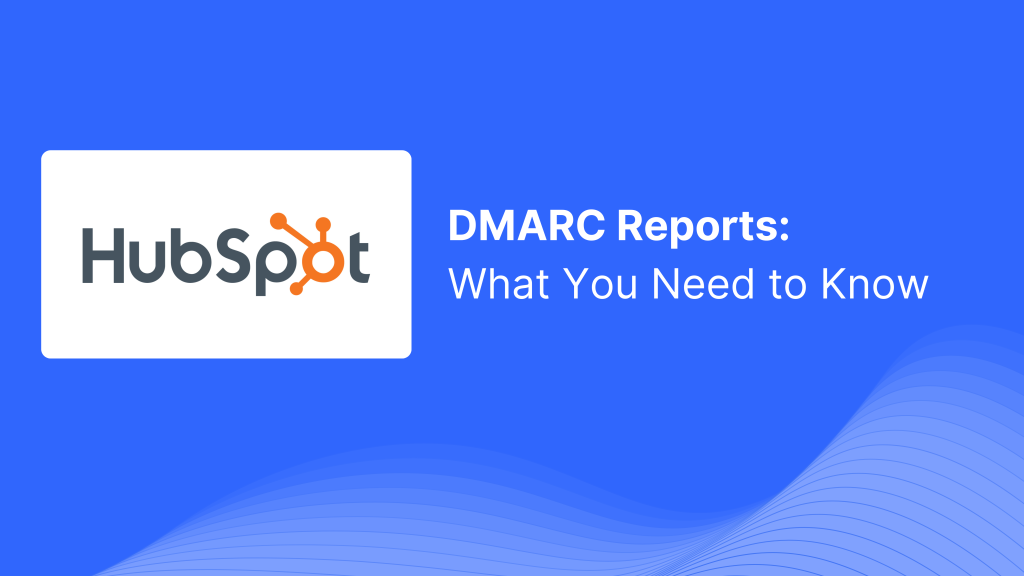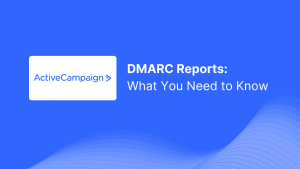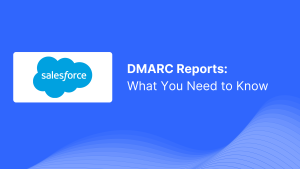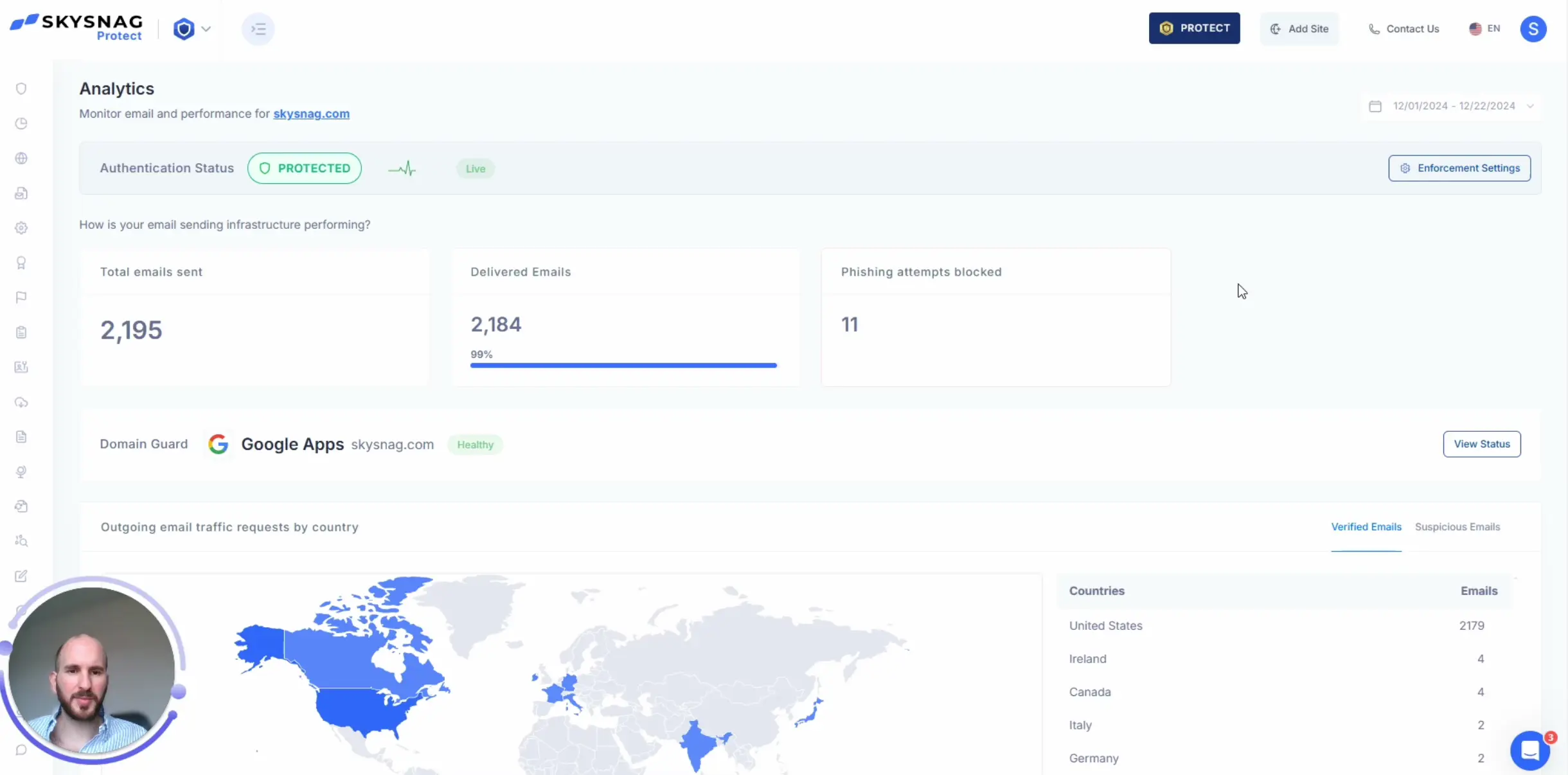DMARC Report Received from HubSpot: What You Need to Know

Understanding DMARC Reports from HubSpot
HubSpot is a popular CRM platform that offers powerful marketing automation, email campaigns, and customer management tools. Ensuring that emails sent through HubSpot are properly authenticated is essential for maintaining a strong email sender reputation and protecting your domain from phishing or spoofing attacks. DMARC (Domain-based Message Authentication, Reporting & Conformance) reports from HubSpot provide valuable insights into how recipient servers handle your emails, focusing on SPF and DKIM checks. Monitoring these reports helps safeguard your domain and improve email deliverability, ensuring your emails land in your recipients’ inboxes.
Key Components of HubSpot DMARC Reports:
1. Source IP Address: This displays the IP address used by HubSpot to send your emails. Monitoring this helps confirm that your emails originate from HubSpot’s authorized IPs, preventing unauthorized sources from using your domain for malicious purposes.
2. DKIM Alignment Results: Indicates whether the DKIM signature in the email aligns with the domain specified in the “From” header. HubSpot supports DKIM signing, and ensuring proper DKIM alignment is crucial for passing DMARC checks and maintaining email security.
3. SPF Alignment Results: Verifies whether the sending IP from HubSpot is authorized by your SPF record to send emails on behalf of your domain. Proper SPF alignment helps prevent unauthorized use of your domain and protects your brand from spoofing.
4.Disposition: Provides information on how recipient servers treated your emails—whether they were delivered, quarantined, or rejected—based on your DMARC policy.
5. Message Count: Displays the number of emails sent from a particular IP that met certain criteria, helping you track email volumes and monitor for suspicious or unauthorized activity.
Automating DMARC Parsing for HubSpot
Manually parsing DMARC XML reports for HubSpot can be complex and time-consuming, especially if you send a high volume of emails. Automating this process with tools like Skysnag helps simplify DMARC management, allowing you to monitor email authentication and respond to issues more efficiently.
– Data Aggregation Across Providers: If you use HubSpot alongside other email platforms, Skysnag can aggregate DMARC reports from all providers into one unified view. This allows you to manage email authentication across different services and ensure consistent DMARC compliance.
– Visualizing Key Metrics: Skysnag converts raw DMARC XML data from HubSpot into intuitive visual dashboards that display important metrics such as DKIM/SPF pass rates, unauthorized email attempts, and the most active sending IP addresses. This makes it easier to monitor email performance and security in real time.
– Automated Incident Response: Skysnag provides real-time alerts when HubSpot emails fail DMARC checks (e.g., SPF or DKIM misalignment). These alerts allow you to take immediate corrective actions, such as updating DNS settings or blocking suspicious IP addresses, ensuring continued email deliverability and security.
– Forensic Reporting: Some DMARC reports offer forensic details, including full headers from emails that failed authentication. For HubSpot users, this information is essential for diagnosing why specific emails are not passing DMARC checks and for improving the overall security of your email infrastructure.
Ensuring Proper DMARC Alignment for HubSpot
To ensure that emails sent through HubSpot are delivered successfully and pass DMARC checks, both DKIM and SPF must align with the domain used in the “From” header. Misalignment can lead to emails being quarantined or rejected by recipient servers, even if other checks pass. Proper DKIM and SPF alignment protects your domain from being misused by spammers and improves email deliverability.
Skysnag’s Custom Solutions for HubSpot:
– DKIM Key Management: Skysnag ensures that DKIM keys used for HubSpot emails are properly aligned and kept up-to-date. If there are any misalignments or outdated DKIM keys, Skysnag will alert you, allowing you to quickly resolve the issue and ensure DMARC compliance.
– SPF Flattening: Using multiple services alongside HubSpot can result in complex SPF records, potentially leading to DNS lookup failures. Skysnag automates SPF flattening, ensuring that your SPF record remains optimized and within DNS lookup limits to prevent authentication failures.
– Policy Recommendations: Based on the patterns identified in your HubSpot DMARC reports, Skysnag can recommend adjustments to your DMARC policy, such as moving from “none” to stricter enforcement modes like “quarantine” or “reject.” This helps protect your domain from phishing and spoofing attacks while maintaining high email deliverability.
By automating DMARC parsing and offering tailored solutions for HubSpot, tools like Skysnag help ensure that your emails are properly authenticated, securely delivered, and protected from unauthorized use, maximizing both your domain’s reputation and email performance.





